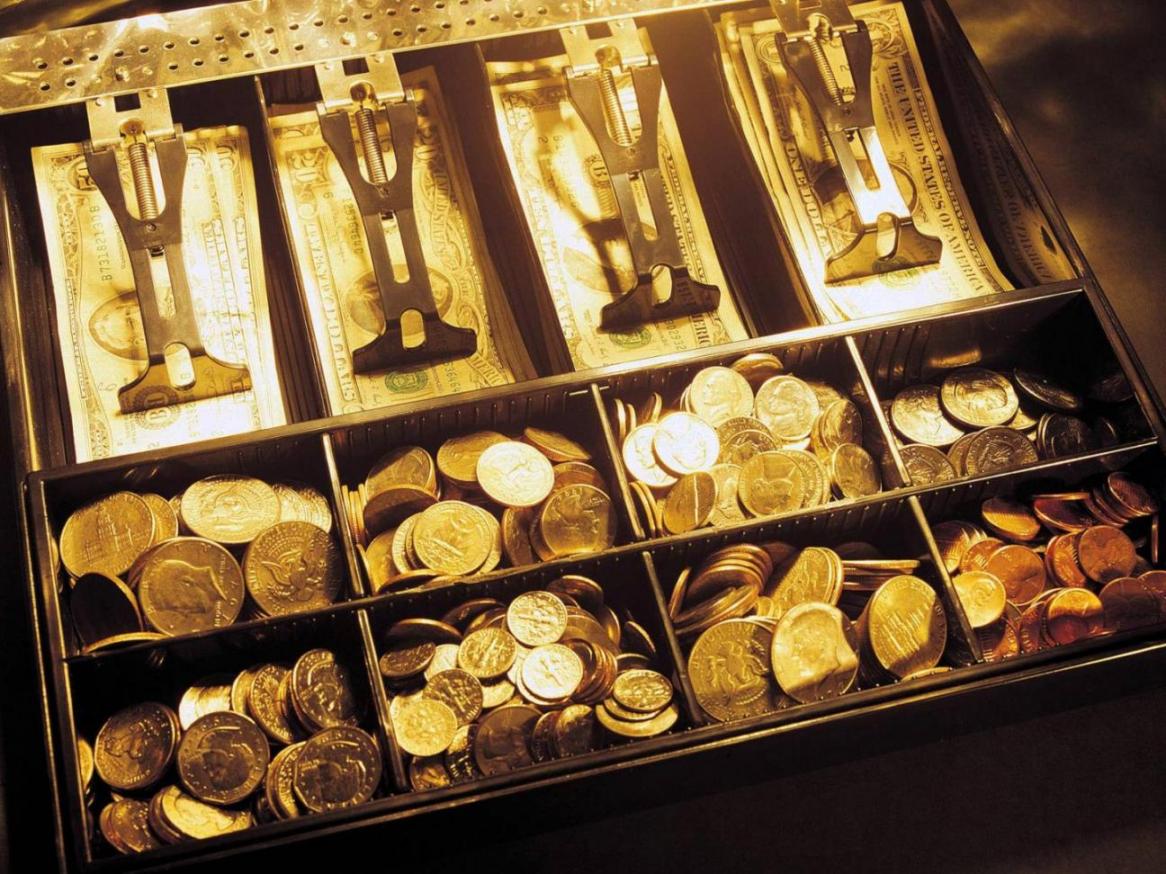Gold coins rebounded from six-week lows on Wednesday, bolstered by dollar's gains in Ferdowsi Street – the center of currency trading in Tehran – and increased demand for the precious metal, while on global trade the precious metal extended its gains.
Benchmark Azadi bullion coin rose 0.43 percent to 9,355,000 rials by 11:02 GMT, from its lowest since March 29.
Azadi's sister coin the Emami also gained, rising 0.37 percent to 9,375,000 rials. Emami’s gains came after four consecutive days of losses for gold investors in Iran. Most of bullion's gains on Wednesday were due to a 0.3 percent advance by the dollar to 33,070 rials by 11:02 GMT.
Smaller denomination coins performed worse than the benchmark coins. The Half-Azadi was up 0.11 percent to 4,760,000 rials, while the Quarter-Azadi remained unchanged at 2,655,000 rials for the day.
The Central Bank of Iran reduced the cap on deposit interest rates to 20 percent per annum last week. The reduction, if implemented by all banks and financial institutions, could increase demand for gold analysts say. But the most important domestic factor for gold is the outcome of talks between Iran and the P5+1, which investors are eyeing vigilantly.
Global Gold Market
Gold extended gains to trade near its highest in a week on Wednesday, supported by a softer dollar, but rising bond yields and uncertainty over the timing of a possible US rate hike kept the rally in check, Reuters reported.
Spot gold edged up 0.09 percent to $1,195.01 an ounce by 11:29 GMT, not too far from a one-week top of $1,196.60 reached on Tuesday, Bloomberg data show. The near 1-percent gain in prices in the previous session was triggered by safe-haven bids as the dollar fell and stocks took a hit from volatility in global bond markets.
German bond yields climbed on Tuesday on optimism that inflation may have bottomed in the euro zone, lifting demand for the euro. US 10-year Treasury yields hit six-month highs before steadying, according to Reuters.
Typically, higher bond yields would have reduced investment demand for non-yielding gold. The dollar was also on the defensive ahead of US retail sales data due later in the day.
Financial markets are closely watching US data to gauge the strength of the economy and how that would impact the Federal Reserve's interest rate policy. Strong data could prompt an early rate hike, boosting the greenback and hurting non-interest-yielding gold.
New Gold Futures Contract at IME
Gold coin futures contract for January delivery was opened on Monday (May 11) on the Iran Mercantile Exchange, Banker news website reported. The contracts opened without a price change limit. The volatility limit was imposed on the contracts 30 minutes after the open.
Emami coins for January delivery traded at 10,140,568 rials on Wednesday, while May delivery contracts put Emamis at 9,329,706 rials, 46,000 rials lower than their spot price. Each IME gold coin futures contract is for 10 Emami gold coins.
Due to low trade volume, the IME imposes a volatility limit on futures contracts to limit possible price manipulation. The limit for contract price fluctuation is currently under five percent of opening price per day.
Contrary to the contracts with other delivery dates, the price of gold futures with settlement date for June 22 rose on Monday due to demand increase while approaching the delivery date (May) of previous contracts.
Although gold coin futures contract for October delivery has been trading in a limited range recently (10 million rials), it faced 0.31 price decrease when the December delivery contracts were offered on Monday and managed to attract buyers.


